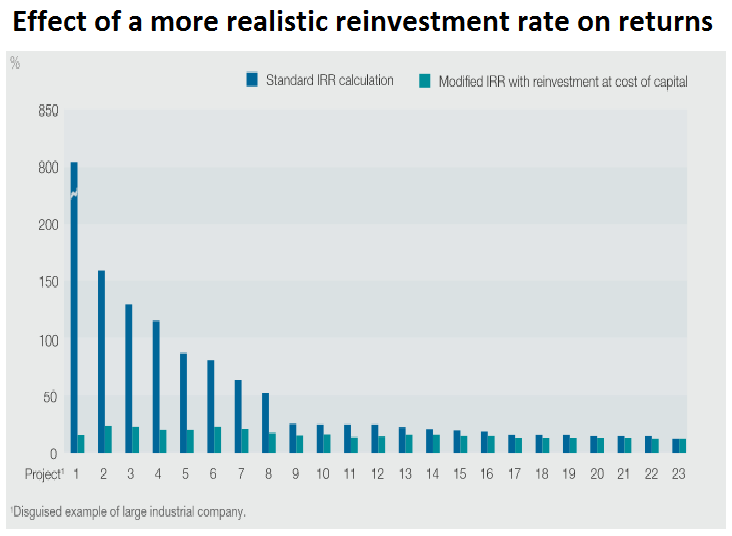Methodology
GROWTHRATER is based on a fundamental valuation approach that calculates implied growth rates from relative operating free cash flow yields.
- Recognising an equity as a cash flow growth instrument
- Valuing the operations rather than the capital structure
- Modigliani and Miller's Capital-Structure Irrelevance (tax shield adjusted ) EV adjustments applied for NPV of non-trading net assets (incl tax shields) & liabilities
- Valuation re-based to normalised operating free cash flow yields.
- Dynamic equity cost of capital (ECC) for equity market calculated on same basis
- Bottom up analysis of market Op FCF and yields from GROWTHRATER coverage universe (currently > $9tn by market capitalisation)
- Long treasury yields for implied risk free returns and inflation
- Translates stock Op FCF yields into dynamic growth ratings (ECC – Op FCF yield = implied Growth)
- Ability to match this directly to organic growth in the respective company trading
A unique tool with a systematic approach, reflecting market psychology on how growth expectations are actually priced into stocks.
Benefits vs CROIC/CFROI approaches
At GROWTHRATER we monitor Free Cash Flow returns on invested capital and the implied acquisition returns being generated by companies. A return without the context of growth however, is a spurious metric, albeit it has all too often been used to support acquisition growth models that are geared towards short-term EPS accretion rather than value enhancement. In every cycle, there are always groups that are willing to trade short term returns for growth; a feature that has become ever more beguiling as interest rates are artificially manipulated downwards. It is therefore particularly important at these times for investors to be able to apply a growth prism to expose these 'magic money' merchants before being rudely reappraised of the reality that there are no free lunches, only a deferral of the reckoning. Someone always pays. Make sure its not you that's holding the package when that marker is called!
Post interest valuation models based on cash flow returns on invested capital have grown in popularity over the past twenty years and are theoretically elegant ways of capturing the opportunity value that a company may generate when it re-invests excess cash flow (free cash flow) from which it earns a return above its cost of capital. In practice however, this approach is fraught with danger as it requires additional subjective inputs for the expected future returns, which are invariably proved wrong, as we highlight in a McKinsey study below. These approaches also lack transparency in the way that the market cost of capital may have been calculated and are difficult, if not impossible for investors to relate directly to the actual trading performance for a specific company being valued. Hence, "we avoid it altogether" by working from a normalised operating free cash flow basis that is consistently applied for both stock and markets.
CROIC/CFROI approaches
A 1990’s response to deficient post interest growth models
3 problems however
1. Reliance on subjective assumptions on reinvestment returns
See Mckinsey study on this within IRR “avoid it altogether” recommendation
2. Unresponsive to changes in capital allocation
Shift to cheap low growth acquisitions may overstate short term CROIC
But will show up in slowing organic sales growth (and captured by the GROWTHRATER)
3. Lack of transparency
Connecting a CROIC/CROI assumption with an unrelated stock metric!
Compared to GROWTHRATER's implied growth vs delivered growth

